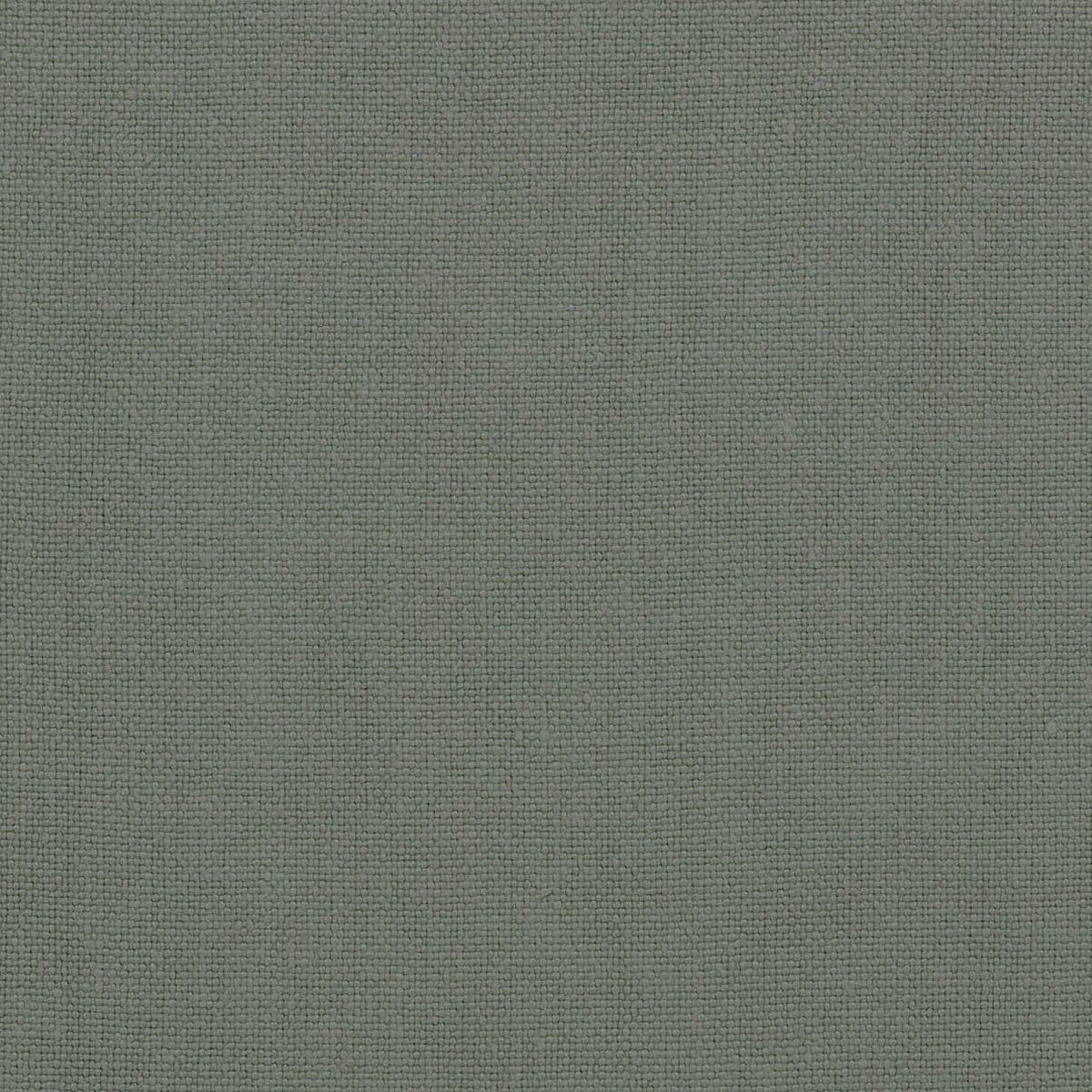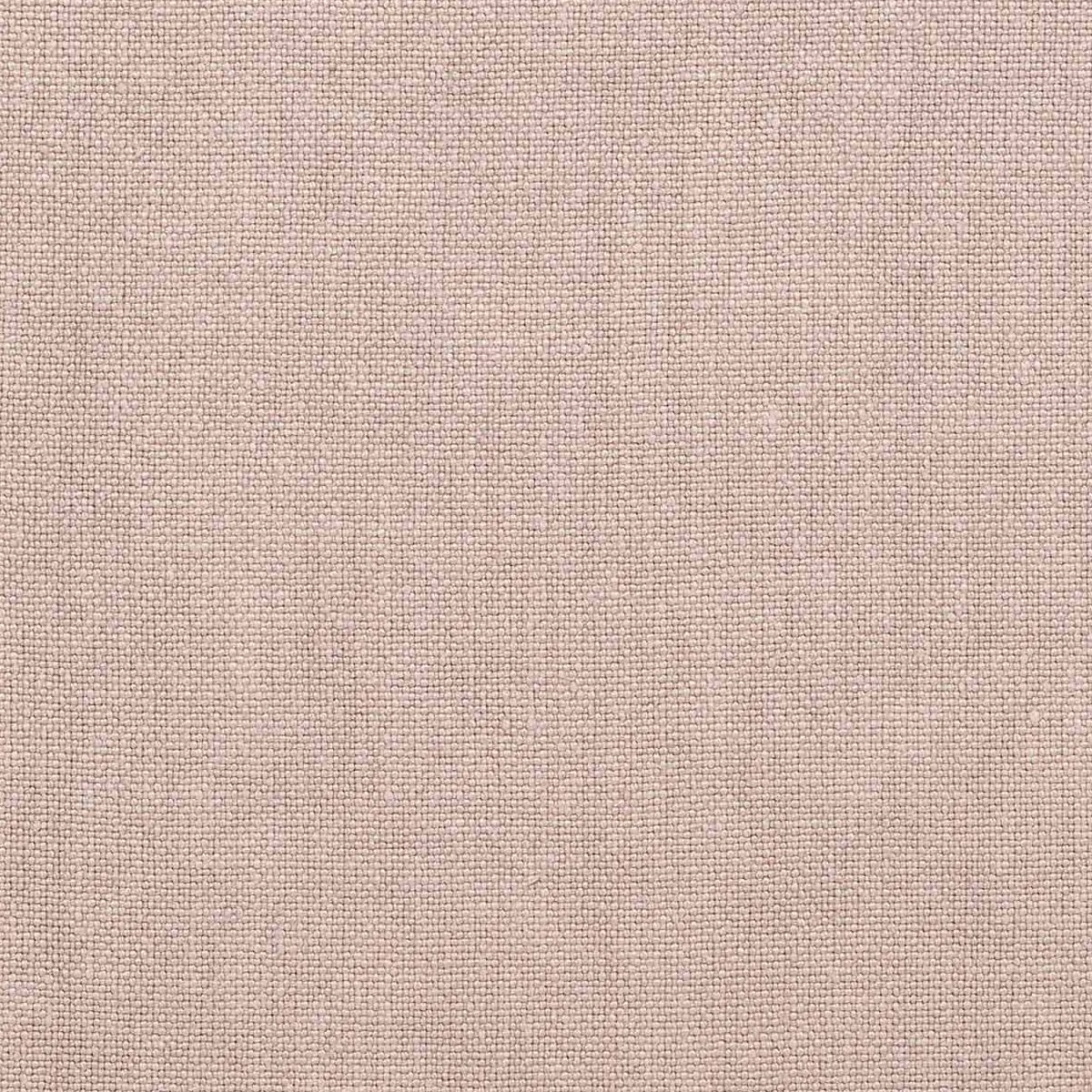Eco-friendly fabrics
What makes one fabric eco-friendly, but another bad for the environment?
The good guys
Textile manufacturing is the second-largest water-polluting industry in the world, after agriculture. So what fabrics should you choose? Discover which fabrics are the most commonly used in the world of interior design.
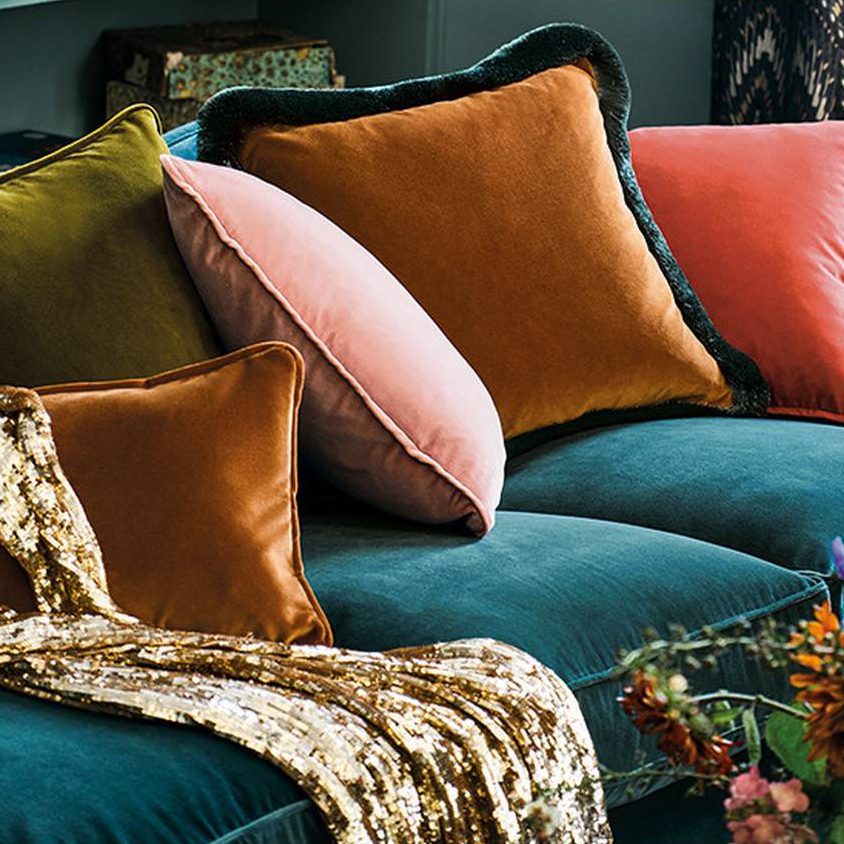
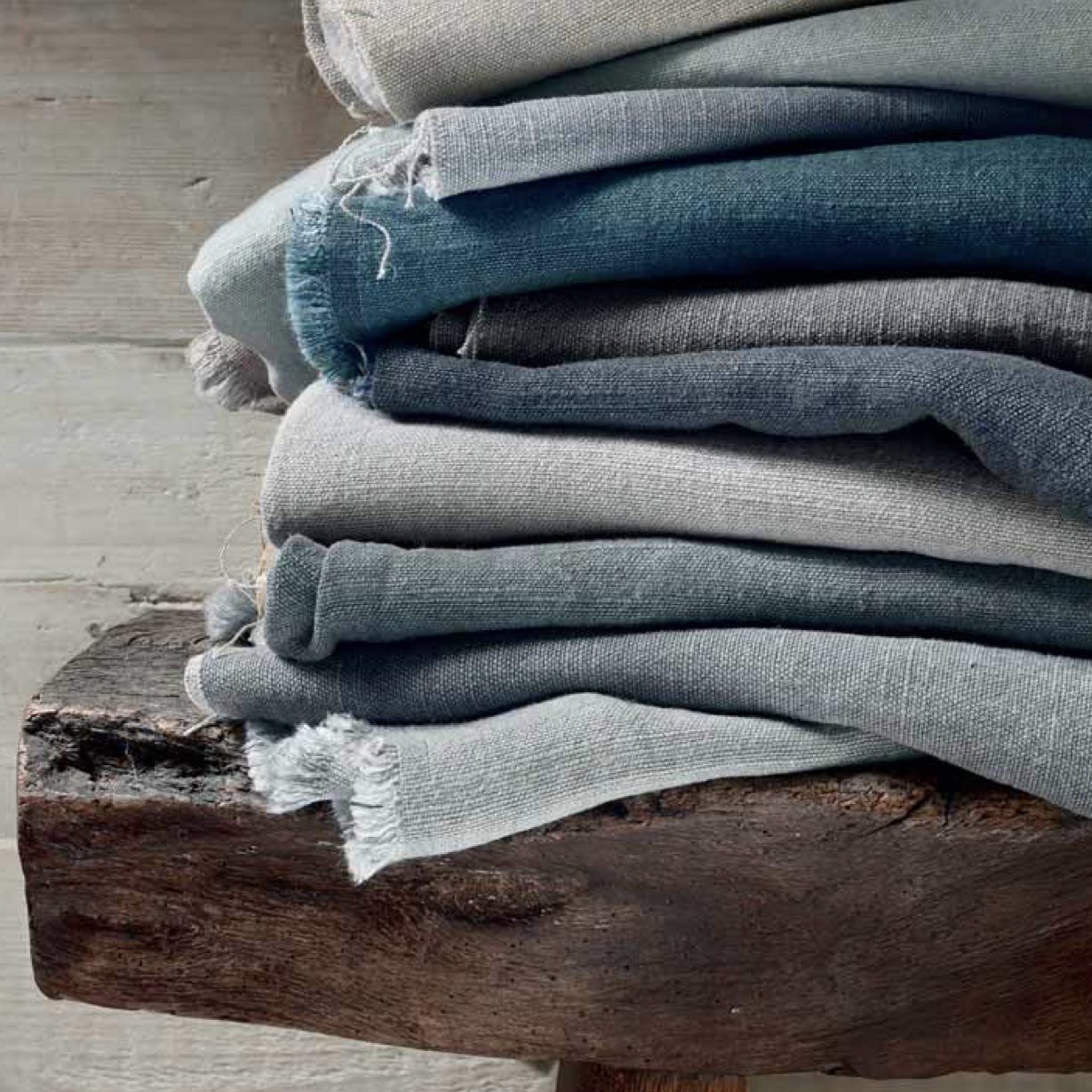
Linen
A fine and elegant printed or plain cloth
SUSTAINABLE – Linen is the most commonly available sustainable furnishing fabric, organic linen being the most eco-friendly. What makes linen sustainable is the fact that the entire plant (called flax) can be spun and woven into cloth, with virtually no waste. If processed organically, without chemicals or intensive dyes, it also means there is no water pollution.
The most superior linen is grown in Europe. Second only to hemp, flax is the world’s most productive crop per hectare. It outperforms cotton crops and makes better use of the land, requiring less water to grow. Organic linen is grown using a system of crop rotation, and this ensures the soil is protected and prevents soil degeneration, as well as looking after important eco-systems.
PRACTICAL – Linen is a durable yet elegant fabric with a soft, rustic appearance. Linen is prone to shrinking, so buy pre-washed cloth. Linen cloth is normally dry-clean only, but there are eco-friendly dry cleaning companies out there. You can also buy pre-washed linen to avoid the risk of shrinkage.
SUMMARY – When buying linen fabric, try not to be swayed by a cheap price, and opt for organic..
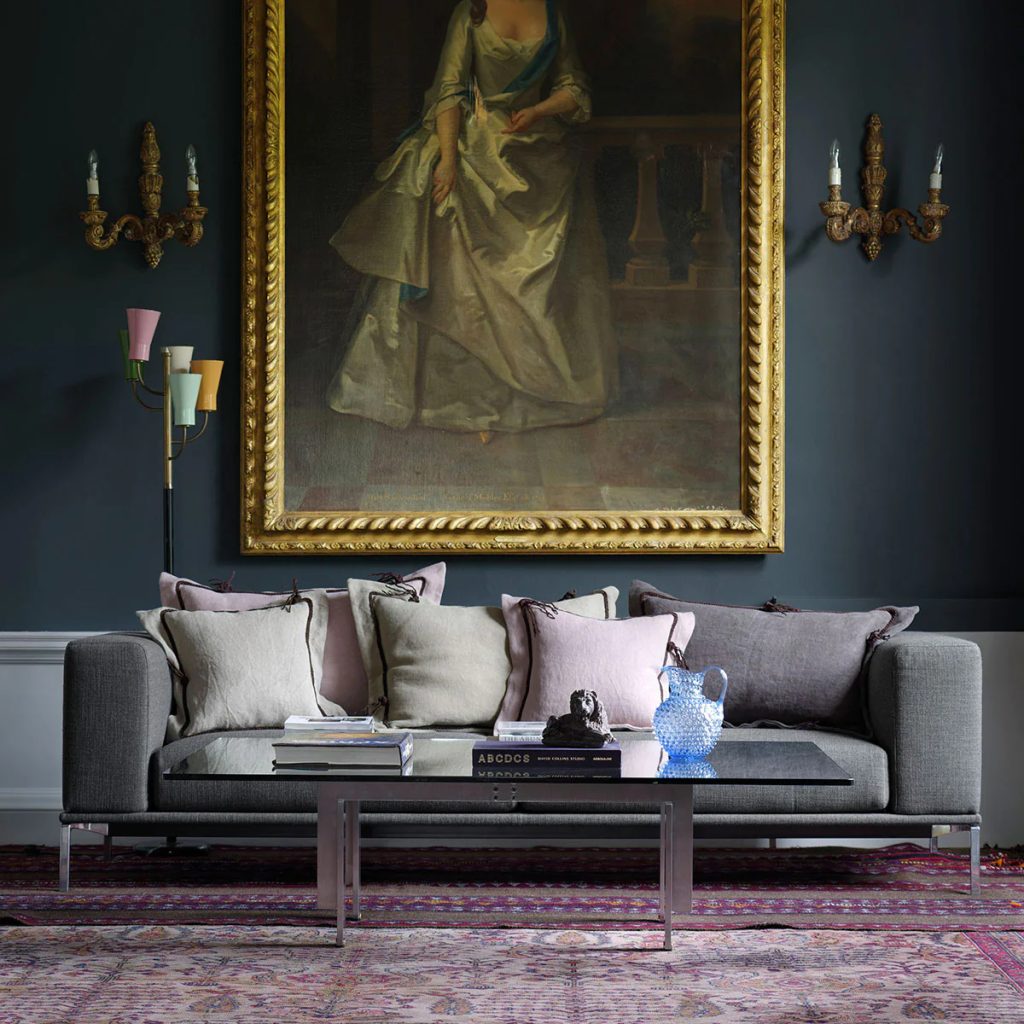
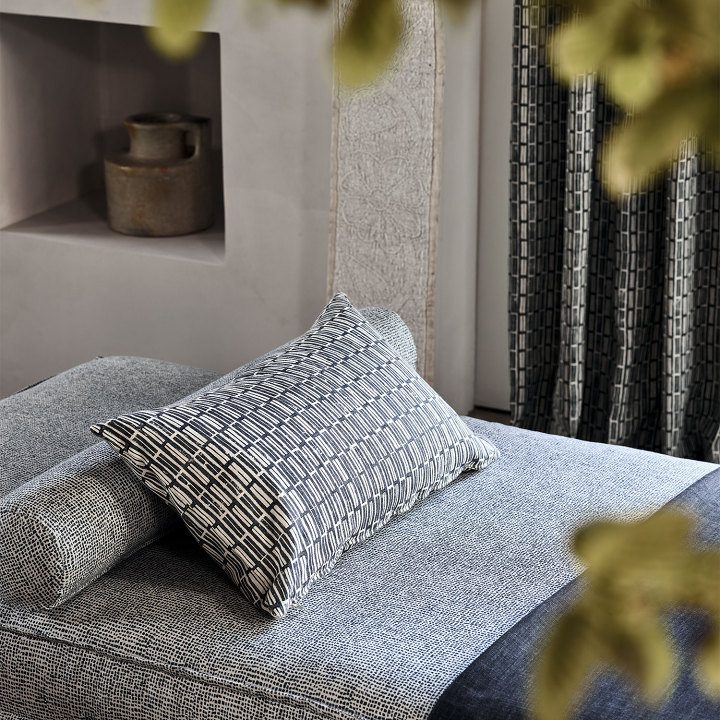
Wool
Wool is soft and warm, and takes a dye deep into the fibre
SUSTAINABLE – Grown from nature, wool is 100% natural, 100% renewable and 100% biodegradable. By its nature, wool is a circular fibre. Most of the wool ranges that I offer are entirely made in the UK, from dying, blending, carding and then spinning the wool into yarn, to weaving the yarns into cloth.
HEALTHY – With its unique antistatic properties, wool naturally repels dust and dirt. Wool is an unfavourable environment for the house dust mite, whose allergens are one of the triggers for asthma attacks. Wool absorbs microscopic pollutants and traps them, keeping the air in your home pure. Wool is resistant to bacteria, mould and mildew that can trigger allergic reactions in people.
PRACTICAL – Wool is wonderfully soft to touch, yet naturally very hardwearing. It drapes beautifully and has a gorgeous matt appearance with incredible depth of colour. Wool upholstery can withstand perpetual use whilst retaining colour and form. Wool is also naturally fire-retardant so fire-proofing chemicals are not required when used for upholstery.
INSULATING – Wool also has superb insulating properties, both thermally and acoustically. Wool therefore makes a financial and ethical choice if you wish to reduce your energy use. Wool is a natural acoustic insulator so it can limit the spread of sound and help you sleep more soundly at night.
ANIMAL WELFARE – As an animal lover myself, I only ever offer wool fabrics from manufacturers that demand the highest standards in animal welfare, and from countries that have banned mulesing. Google that – it’s a cruel and painful surgical procedure performed on Merino lambs bred for wool.
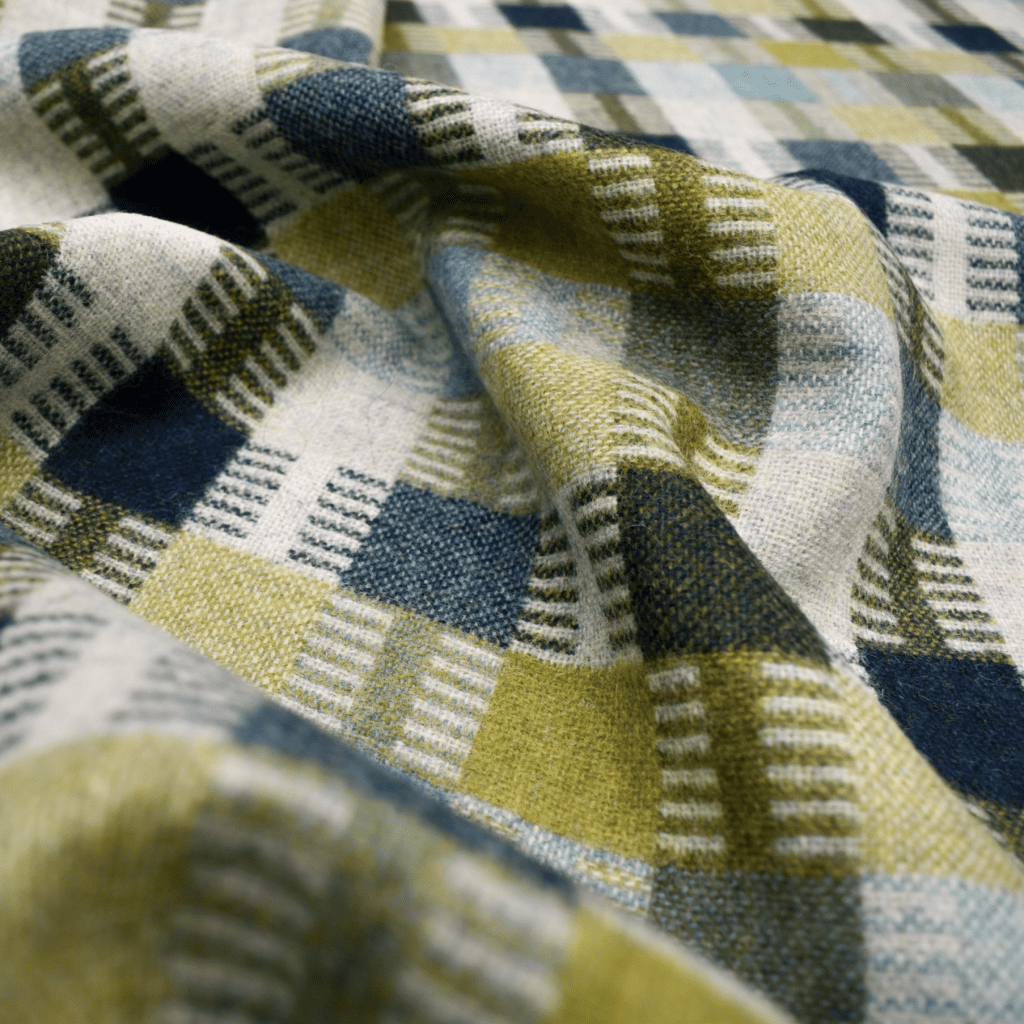
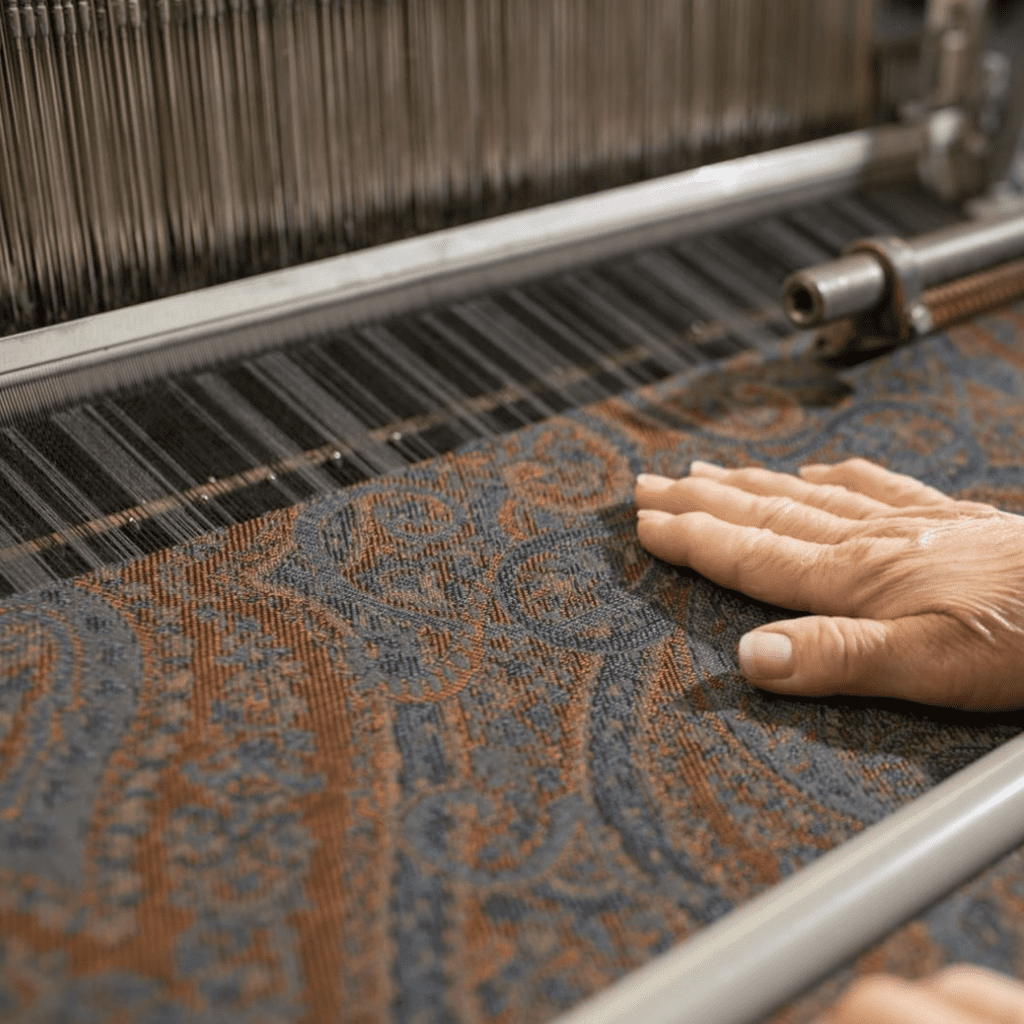
Recycled manmade fibres
From linen-look sheers to hardwearing upholstery fabrics
SUSTAINABLE – This takes waste PET – commonly post-consumer plastic bottles – and turns it into fabric. The plastic bottles are chopped up and melted, then turned into flakes. These flakes are then spun into yarn and then woven into cloth. Although this form of manufacture has a large carbon footprint in itself, as it requires a lot of energy, water and chemicals, this method of making fabric diverts plastic waste from landfill and reduces demand for virgin plastic.
PRACTICAL – The resulting fabric is more resistant to UV fading than natural fibres. It is durable, soft and comes in hundreds of colours.
SUMMARY – Recycled polyester cloth is ONLY eco friendly when 100% of the polyester in a fabric is recycled. If recycled polyester is mixed with new polyester, then fossil fuels (crude oil) were used in the manufacture of that fabric. Don’t get fooled by terms like ‘Made With’. A cloth made from 80% recycled polyester and 20% polyester is not eco-friendly, in my humble opinion. It’s greenwashing.
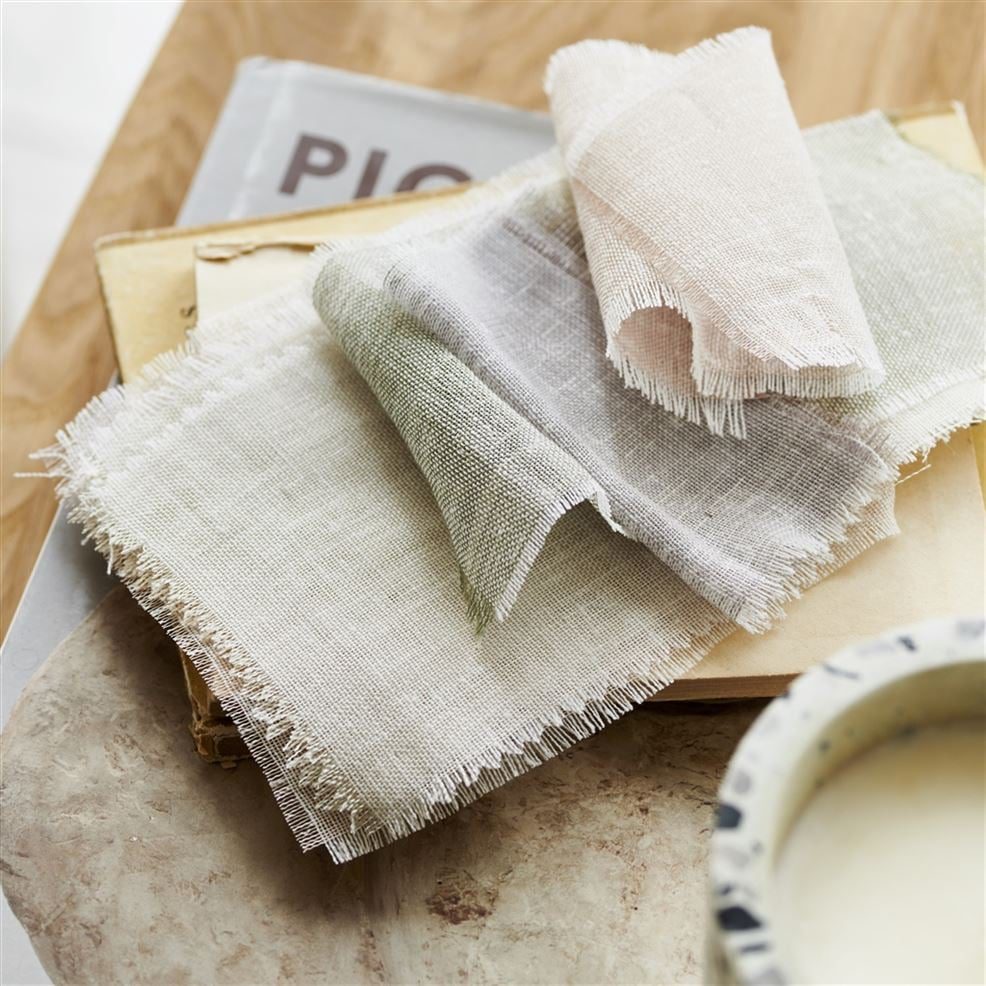
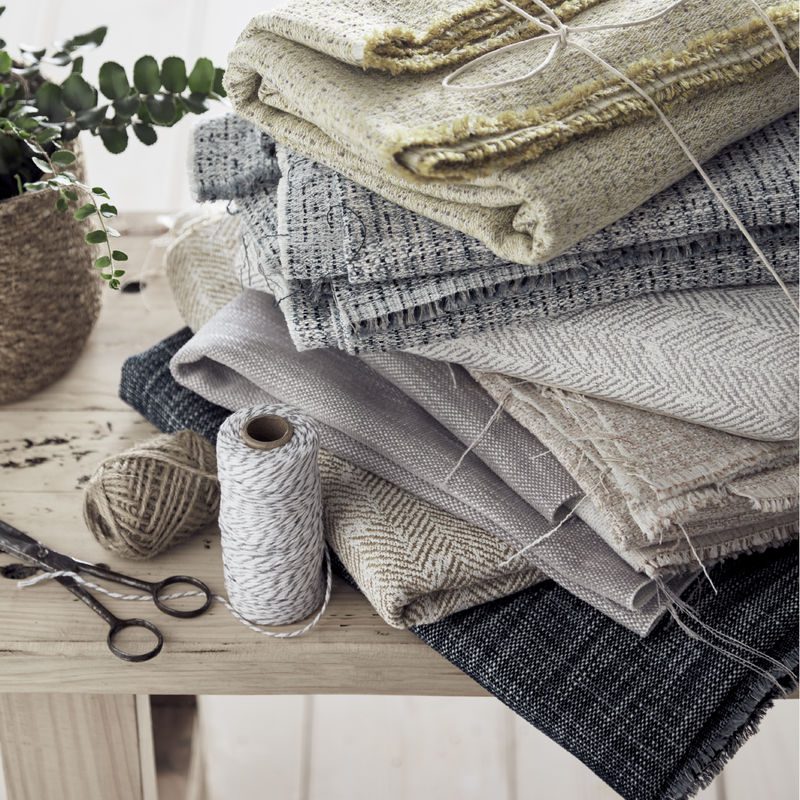
Cotton (organic & recycled)
Only ever buy organic or recycled cotton
SUSTAINABLE – Organic cotton is far better than non-organic because organic farming works in harmony with nature. Organic cotton consumes hugely less water to grow, and farmers use environmentally friendly alternatives to fertilisers and pesticides, rather than chemicals. On the farm, the seeds grown are not genetically modified, and insects are encouraged – not just pollinators, but also those that naturally predate on insects that like to munch the plant. Crops are normally grown in rain-fed regions, reducing the need for manual watering of crops.
Recycled cotton is where waste cotton fabric is converted into cotton fibre and then is rewoven into textile products. The largest volume of recycled cotton sources is produced through pre-consumer waste, such as left over scraps from clothing manufacturing. Recycled cotton is often mixed with other fibres because the recycling process can weaken the cotton. This gives the fabric strength. Always ensure that those other fibres are eco friendly too, otherwise it’s not a sustainable option.
HEALTHY – Because less chemicals are used in organic cotton production, this makes the cotton hypoallergenic – something that’s important for fabrics we come into contact with, like bed linen and clothing.
CERTIFICATION – Even organic cotton can be processed and dyed with toxic chemicals. So, look for the Oeko-Tex Standard 100 label or GOTS. OEKO-TEX® STANDARD 100 is one of the world’s best-known labels for textiles tested for harmful substances. It stands for customer confidence and high product safety. GOTS (the Global Organic Textile Standard) was developed by leading standard setters to define world-wide recognised requirements for organic textiles. From the harvesting of the raw materials, environmentally and socially responsible manufacturing to labelling, textiles certified to GOTS provide a credible assurance to the consumer.
WELFARE – The lack of chemicals makes it better for the health of those tending and harvesting organic cotton crops. Cotton that is certified organic is more ethical, as farmers get a fair wage and a stable income.
SUMMARY – Organic cotton production is not a perfect process though, as it still requires a lot of water to grow. Because organic seeds are not genetically modified, it results in a lesser yield. So less can be grown per hectare than conventional cotton. Although organic cotton is a readily available solution and is more equitable for farmers, sadly, less than 1% of the global cotton trade is certified organic. This will never change whilst the world’s population continues to demand cheap cotton. Governments, manufactures and retailers need to act together to ensure it gets the market share it deserves.
Recycled cotton, by nature, is weaker than virgin cotton, so it is often combined with other fibres to give it strength. That’s fine, so long as those other fibres are sustainable too.
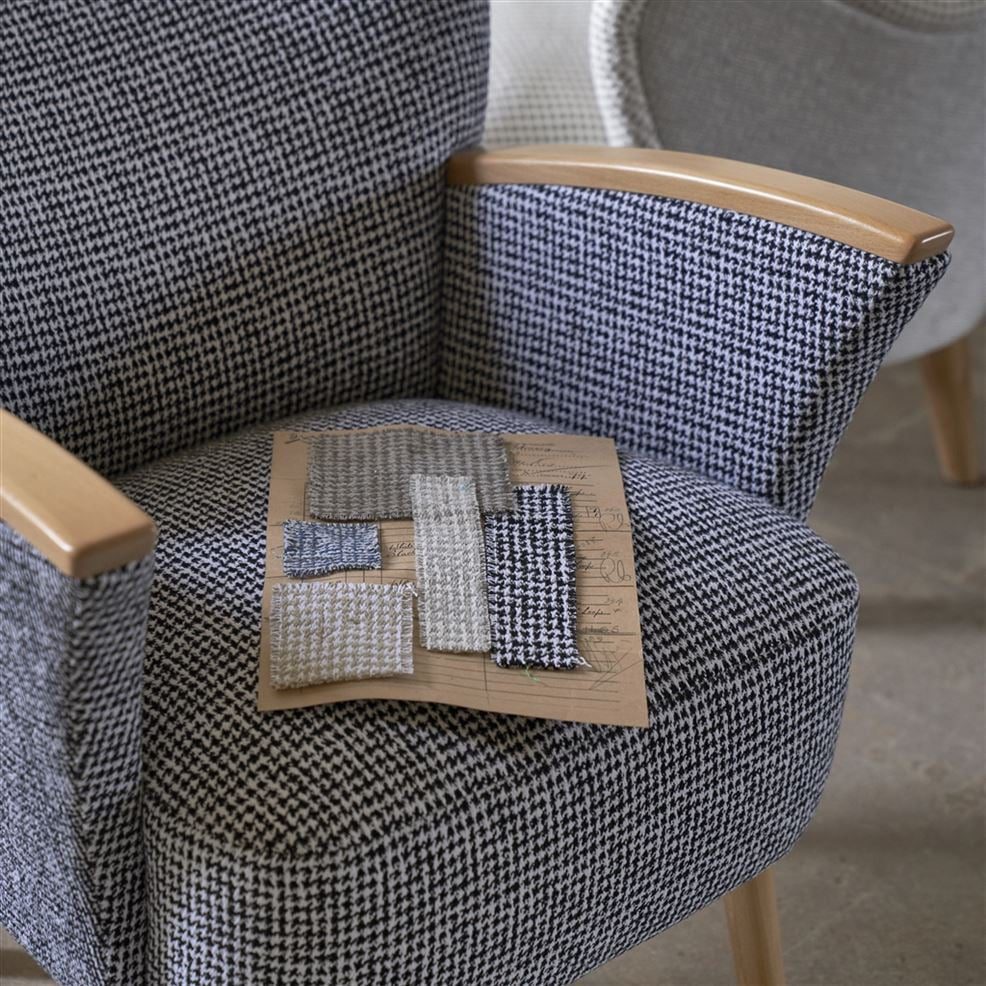
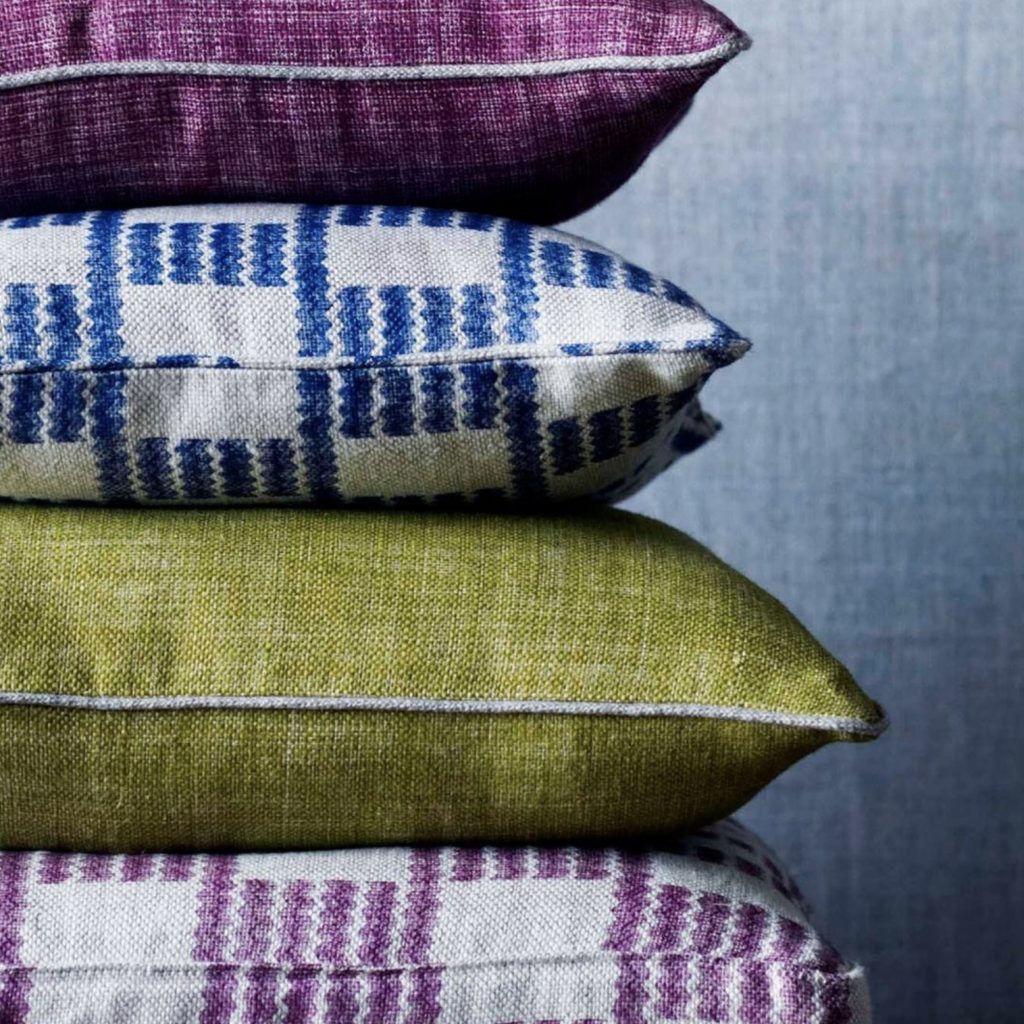
Hemp
SUSTAINABLE – Hemp is THE most environmentally friendly fabric around, and is also the oldest form of fabric. It is an extremely sustainable crop and is carbon-negative because it actually absorbs more carbon dioxide from the atmosphere than it gives off in production.
PRACTICAL – The hemp plant is very fibrous and these fibres are stripped from the plant and woven together, resulting in a very durable fabric. Undyed hemp has excellent UV resistance and it is very strong. Over time, fabric made from hemp starts to feel more luxurious to touch. It softens, but it doesn’t weaken.
SUMMARY – Hemp’s popularity as a curtain fabric is still in its infancy, and most of the big interior fabric brands have not adopted it yet. But collections are gradually appearing on the market. Once such collection I offer is a plain, in a choice of 24 colourways from neutrals to bold tones.
